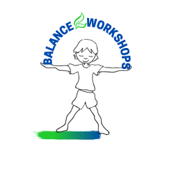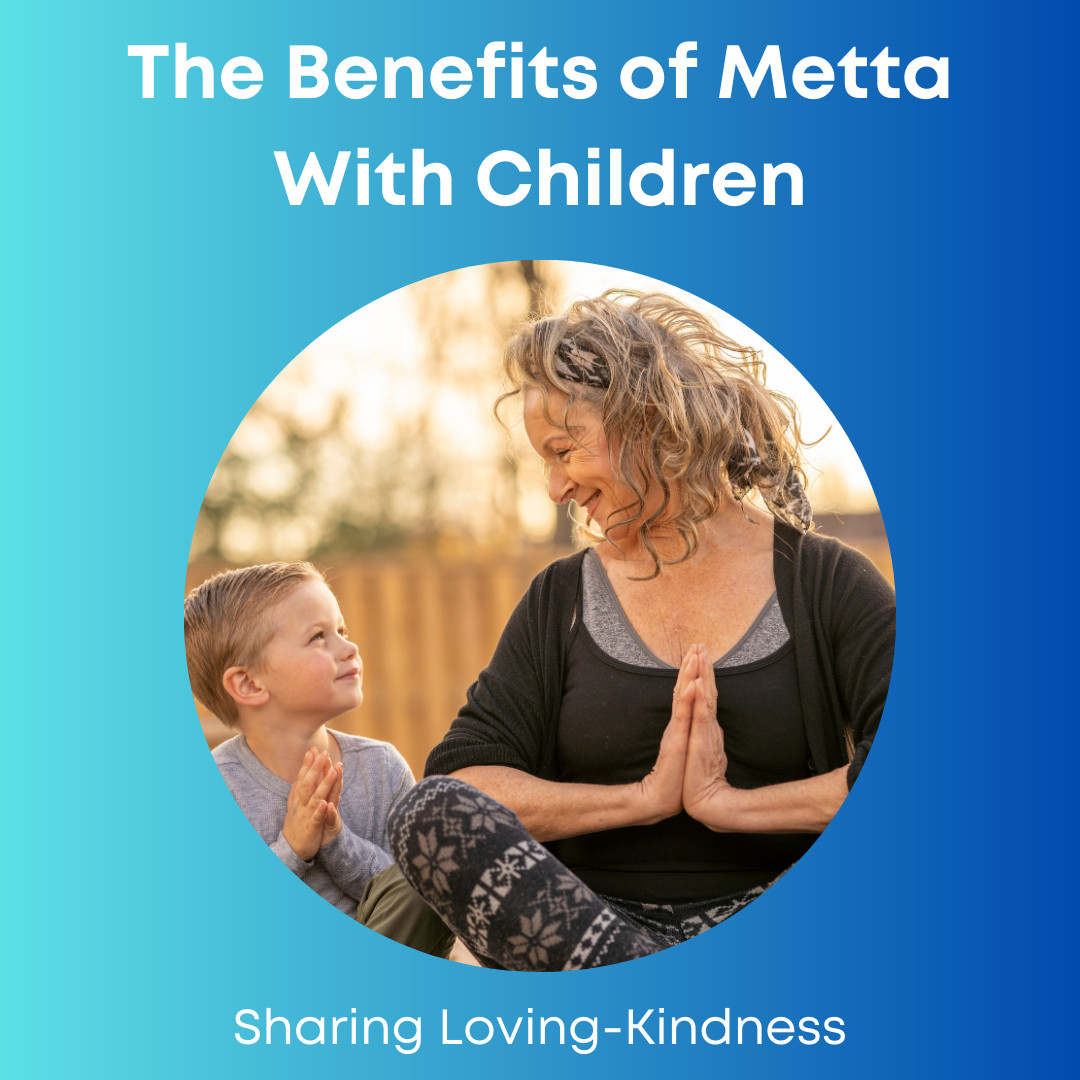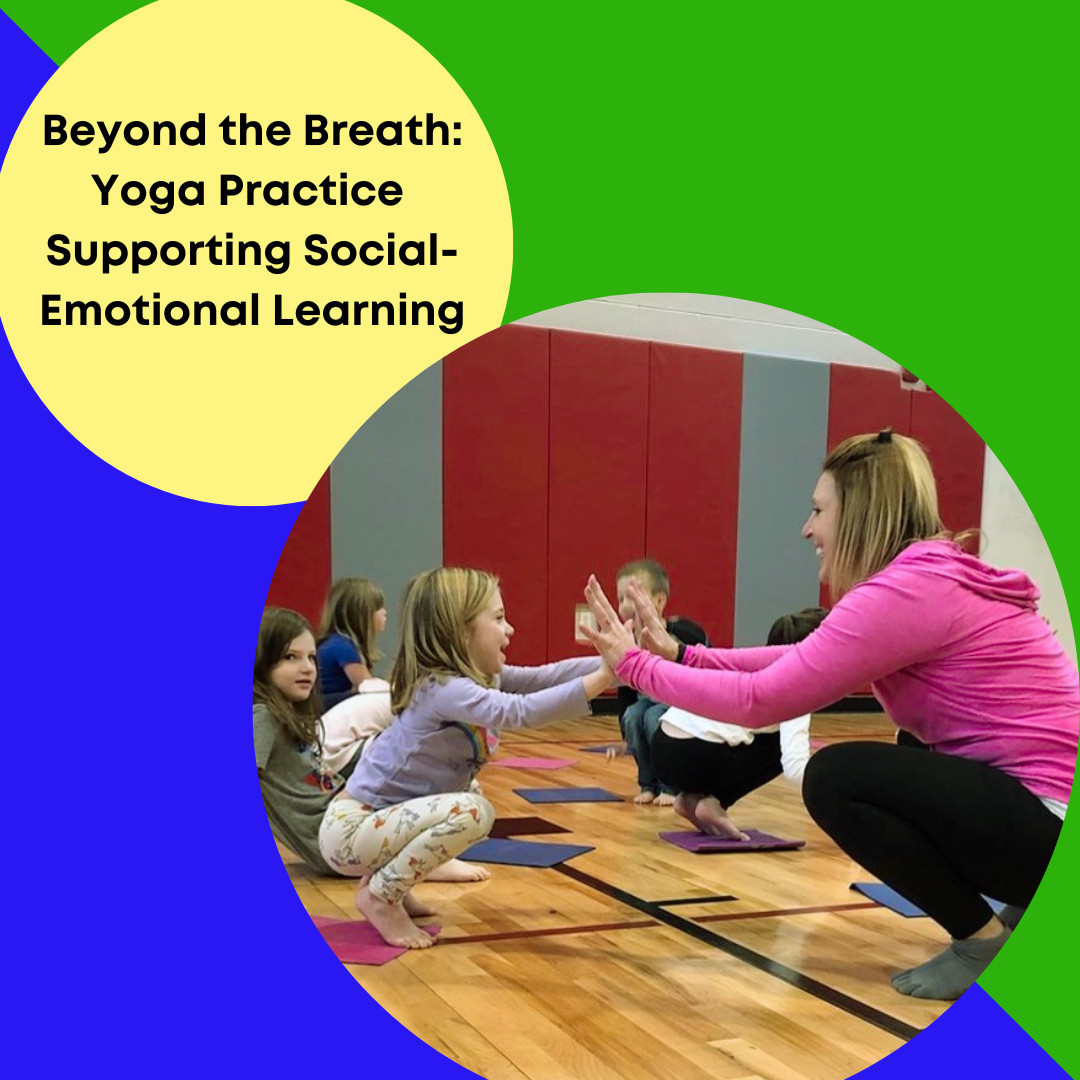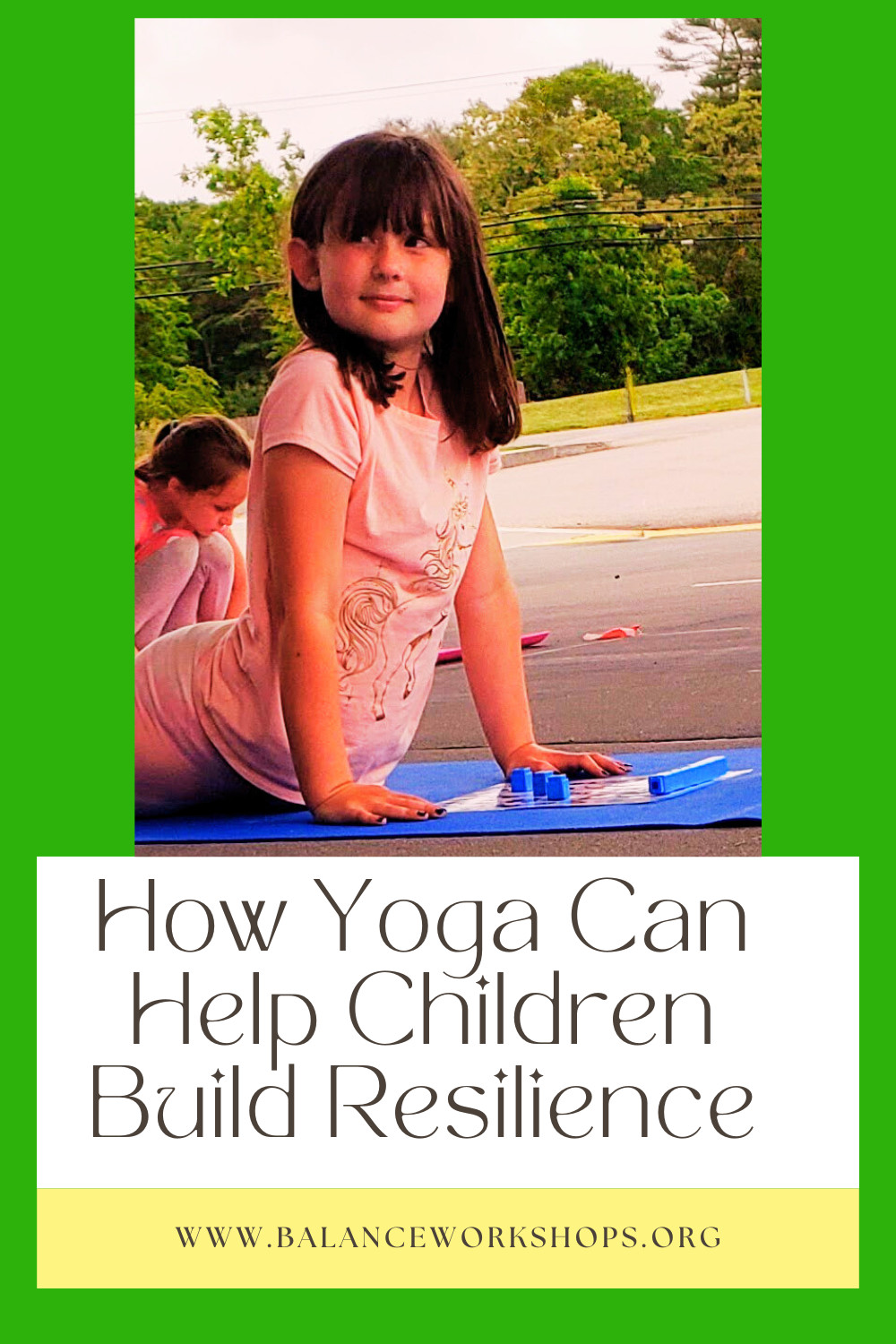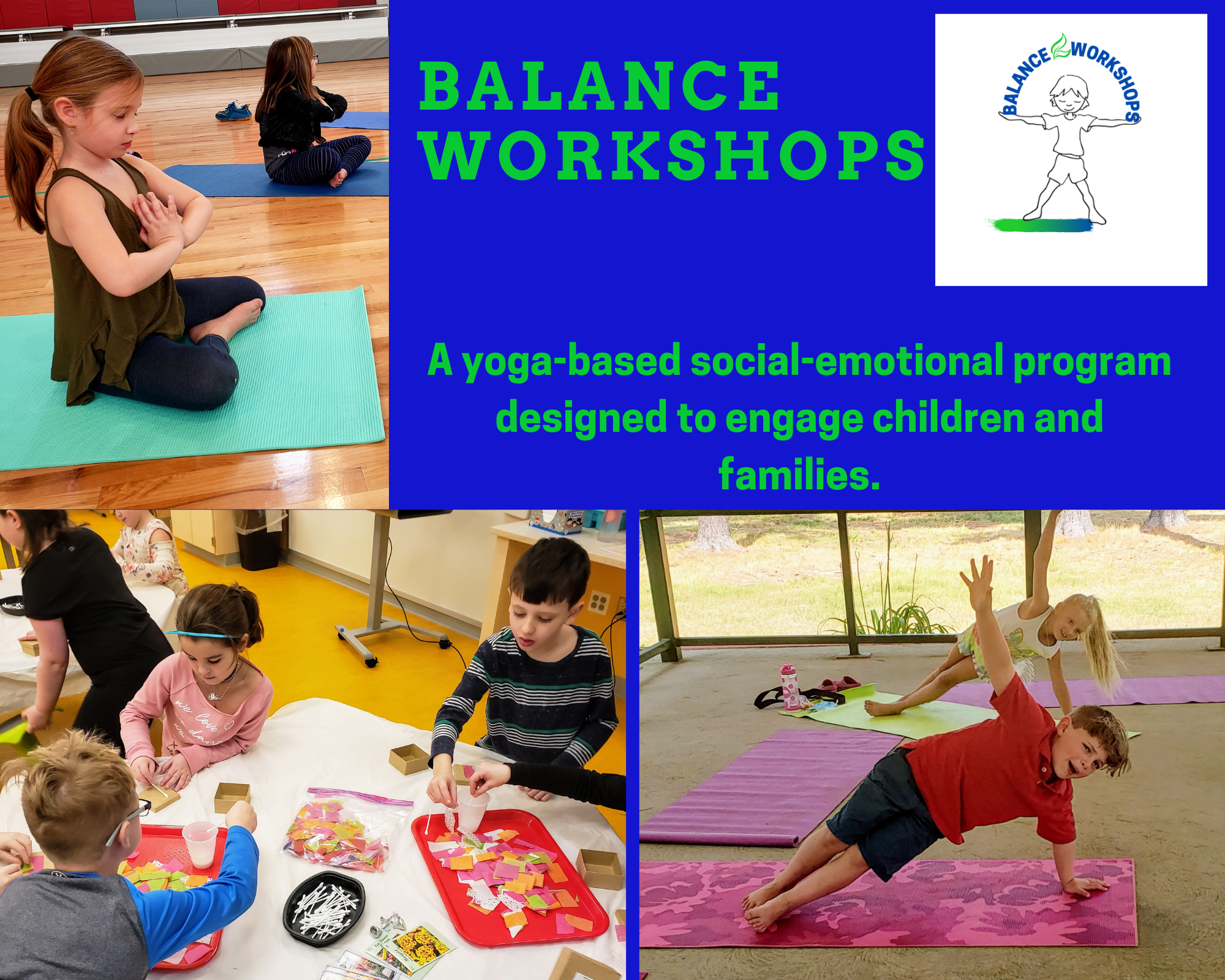
Plymouth County Drug Endangered Children (DEC) Alliance Awards Grant for Free BALANCE Workshops Training PLYMOUTH COUNTY, [September 12, 2024] – The Plymouth County Drug Endangered Children (DEC) Alliance is providing grant funds for free training implement BALANCE Workshops — a yoga-based social-emotional learning (SEL) and resilience-building program — in schools and community centers throughout Plymouth County. These grant funds will enable participants to undertake the BALANCE Workshops facilitator training through an online, self-paced program. Once trained, facilitators can bring this transformative program to their respective school systems or community-based centers.
The Plymouth Public School System is at the forefront of this initiative, having recently completed training. Starting this coming school year, all eight elementary schools in the district will incorporate BALANCE Workshops into their curricular activities. This summer, participants from the Plymouth Public School System took part in the training and are now eagerly preparing to implement the program with their students. Designed to mitigate the effects of childhood trauma, while equally beneficial for all children, BALANCE Workshops offer an engaging multimodal approach to wellness. The program also includes a family engagement component, which helps to build a stronger home-school/community connection and deepen the collective understanding of the concepts taught. Other school systems and agencies within Plymouth County are encouraged to seize this opportunity and take advantage of the free training while it is still available. The program's impact is extensive and promises to be a significant investment in the community’s future well-being.
For more details on the BALANCE Workshops program and how to enroll, please visit http://www.balanceworkshops.org.
For further information, please contact:
Teri Sexton C0-Founder, BALANCE Workshops
774-226-9506 teri@balanceworkshops.org
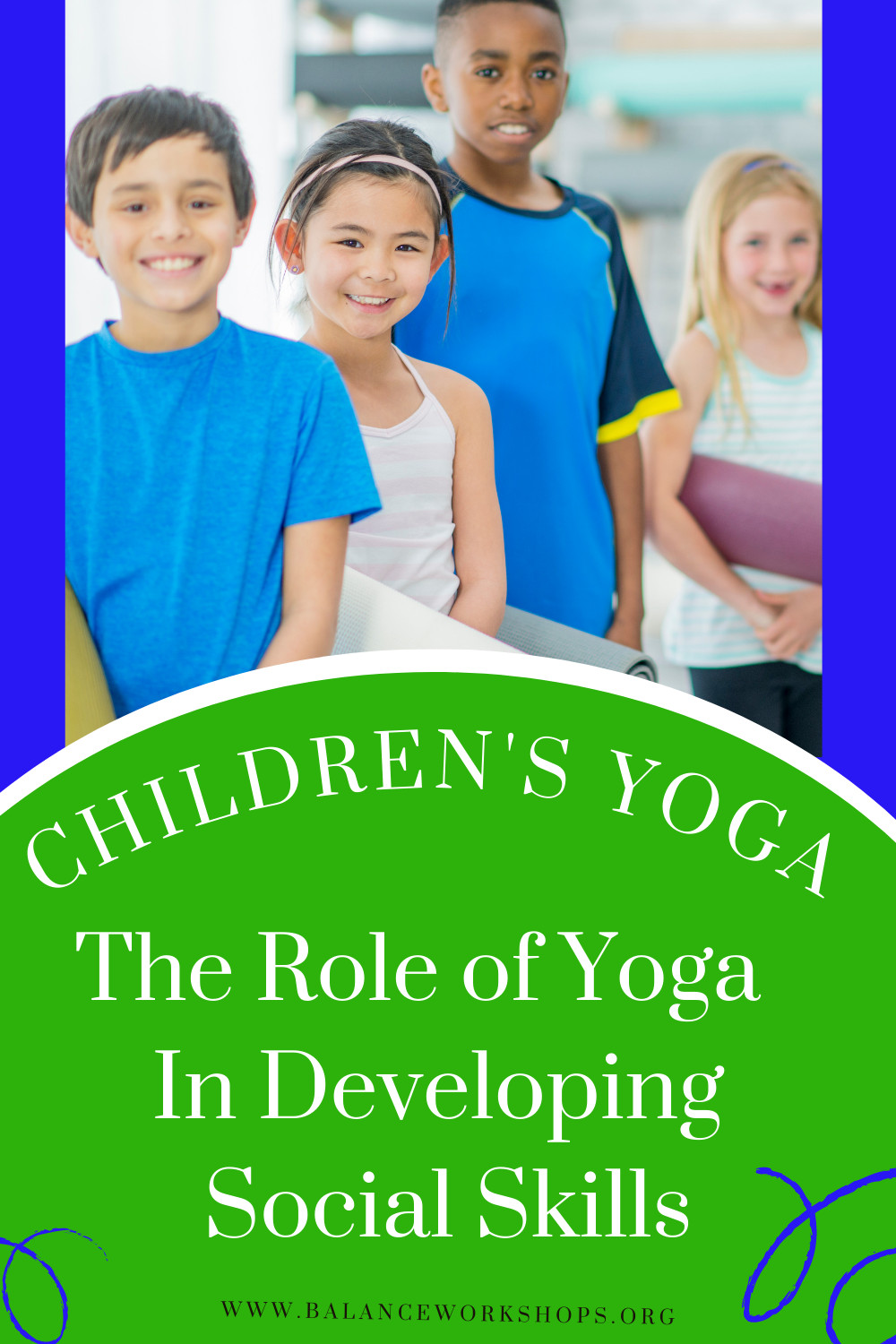
Social skills are essential for children as they navigate through the world and form relationships with others. These skills, such as empathy, communication, and cooperation, can be developed through various practices, including yoga. In this blog post, we will explore the role of yoga in developing social skills and how these skills can benefit children in various areas of life.
Empathy
Empathy is the ability to understand and share the feelings of others. Yoga can help children develop empathy by teaching them to be more aware of their bodies and emotions. When children learn to be more in tune with their feelings, they can better understand and empathize with the feelings of others. Yoga poses such as the Tree Pose, or the Warrior Pose can help children develop a sense of grounding, stability, and balance. These poses require children to be aware of their bodies and the space around them, which can promote self-awareness and empathy toward others.
Communication
Communication is a critical social skill that helps children express their thoughts and feelings effectively. Yoga classes often include partner poses and other activities, such as mat chats that require communication and cooperation. By working together, children can practice communicating effectively and respectfully with others. Partner poses such as the Double Downward Dog Pose or the Tree Pose Partner can require children to communicate with each other to ensure that they are both safe and comfortable. During a mat chat, it's an opportunity to be heard and practice active listening. Yoga classes also include verbal cues from the instructor, which encourage children to listen and follow directions.
Cooperation
Cooperation is the ability to work together towards a common goal. Yoga requires children to work together and support each other in various poses and activities. By practicing cooperation in a safe and supportive environment, children can develop the skills to work effectively in groups. Yoga also encourages children to support one another, which can help build positive relationships. Partner poses such as the Double Boat Pose can help children practice cooperation, balance, and support.
Problem-Solving
Problem-solving is a skill that enables children to approach challenges with a calm and focused mind. By practicing mindfulness and staying present at the moment, children can learn to identify problems and work towards solutions in a calm and focused manner. In yoga, children are encouraged to stay present and focus on their breath, which can help them approach challenges with a clear mind. Poses such as the Child's Pose or the Corpse Pose can help children relax and stay present at the moment, enabling them to approach challenges with a clear mind.
Conflict Resolution
Conflict resolution is a skill that enables children to approach conflicts with a sense of calm and compassion. By learning to communicate effectively and stay present in the moment, children can learn to resolve conflicts peacefully and respectfully. In yoga, children are taught to breathe deeply and focus on their emotions, which can help them to regulate their emotions during conflicts. Poses such as the Eagle Pose or the Bound Angle Pose can help children focus on their breath, calm their minds, and regulate their emotions.
Benefits of Developing Social Skills through Yoga
Developing social skills through yoga can benefit children in various areas of life, including:
- School: Children who develop social skills through yoga can communicate effectively with teachers and peers, work collaboratively on projects, and manage stress and anxiety during exams and assignments.
- Home: Children who develop social skills through yoga can effectively express their feelings and needs, build positive relationships with family members, and manage conflicts peacefully.
- Relationships: Children who develop social skills through yoga can form positive relationships with friends, develop empathy towards others, and communicate effectively in relationships.
- Career: Children who develop social skills through yoga can work effectively in teams, communicate effectively with coworkers and clients, and manage stress and anxiety in the workplace.
Conclusion
Developing social skills is essential for children's social and emotional development. Children who practice yoga have opportunities to gain these essential skills while engaging in a fun activity with many other benefits. Providing yoga for children can easily be incorporated into various settings such as schools, homes, after-school care, and clinical programs.
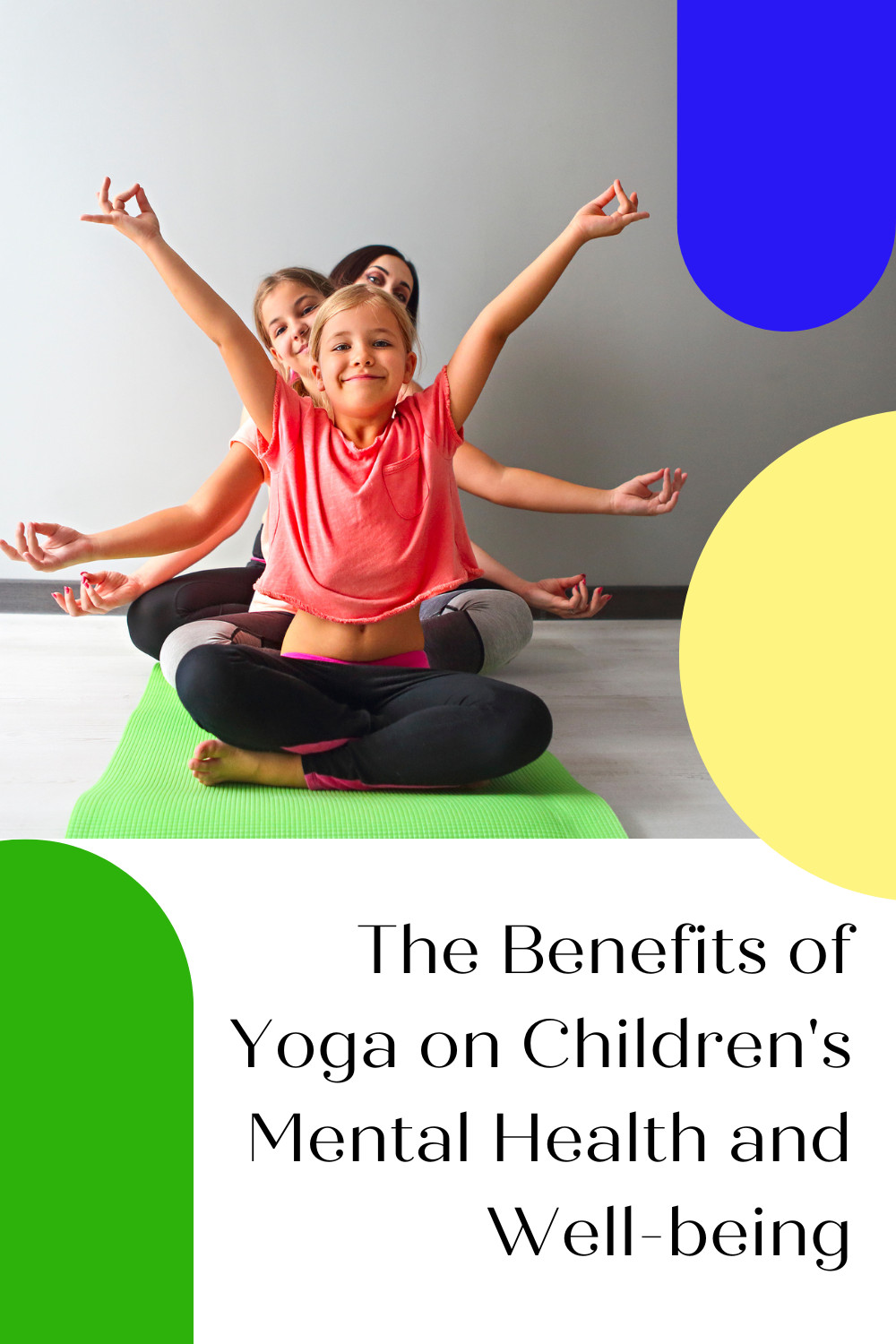
Yoga is a powerful practice that has been shown to offer numerous benefits for both physical and mental health. For children, yoga can be especially beneficial, offering a range of tools and techniques to help promote mental health and well-being. In this post, we will explore the benefits of yoga for children's mental health and well-being, including how it can reduce stress and anxiety, improve mood, and promote overall mental health and well-being.
Reducing Stress and Anxiety
Stress and anxiety are common issues that many children face, whether it be related to school, family, or social pressures. Yoga offers a range of techniques to help reduce stress and anxiety, such as deep breathing exercises, relaxation techniques, and meditation. These practices can help to calm the mind, reduce the heart rate, and lower blood pressure, which in turn can help to alleviate symptoms of stress and anxiety.
Yoga poses, such as the Child's Pose, the Corpse Pose, and the Forward Fold, can also help to release tension in the body and promote relaxation. By practicing these poses regularly, children can learn to relax and let go of stress and anxiety more easily, leading to improved mental health and well-being.
Improving Mood
Yoga has also been shown to have a positive impact on mood. Regular practice of yoga can help to increase levels of GABA (gamma-aminobutyric acid), a neurotransmitter that is known to have a calming effect on the brain. Higher levels of GABA have been associated with lower levels of anxiety and depression. Yoga also offers a range of practices that can help to boost mood, such as the practice of gratitude, positive affirmations, and visualization. By focusing on positive thoughts and feelings, children can shift their mindset and improve their overall sense of well-being.
Promoting Overall Mental Health and Well-Being
In addition to reducing stress and anxiety and improving mood, yoga can also promote overall mental health and well-being in children. Regular practice of yoga has been shown to improve sleep, boost self-esteem, and increase feelings of happiness and contentment. Yoga also offers a range of practices that can help to promote mindfulness and self-awareness, such as meditation and body scan exercises. By becoming more mindful and self-aware, children can develop a greater sense of inner peace and calm, leading to improved mental health and well-being.
The benefits of practicing yoga for children's mental health and well-being are numerous and can include:
- Reduced symptoms of stress and anxiety.
- Improved mood and sense of well-being.
- Enhanced self-awareness and mindfulness.
- Better sleep quality.
- Increased levels of GABA.
- Boosted self-esteem and self-confidence.
- Reduced feelings of depression.
- Greater sense of inner peace and calm.
- Improved physical health and flexibility.
Yoga is a powerful practice that can be fun and assessable to most all children. Yoga offers a range of techniques to help children relax, calm the mind, and promote mindfulness and self-awareness. With its many benefits, yoga is an excellent practice for children to increase healthy mental health and well-being.

In today's fast-paced world, it's more important than ever to take the time to slow down and connect with our loved ones. While there are many ways to do this, practicing yoga together as a family can be an incredibly powerful way to improve communication and mindfulness, while also promoting physical health and wellness.
Let’s explore the many benefits of a family yoga practice, including improved communication and mindfulness, reduced stress and anxiety, and increased physical strength and flexibility. We'll also provide some tips for getting started with your own family yoga practice, so that you can experience the many benefits that yoga has to offer.
Improved Communication
One of the primary benefits of a family yoga practice is improved communication. Yoga encourages us to be present in the moment, to focus on our breath and our bodies, and to let go of distractions and stress. This can help us to communicate more effectively with our family members, as we are better able to listen to their needs and respond in a calm, thoughtful manner.
In addition, practicing yoga together as a family can help to build a sense of trust and connection between family members. By practicing yoga together, we are sharing a common experience and working towards a common goal, which can help to strengthen our bonds and improve our relationships. It’s an opportunity to have fun and make it your own by creating poses or sequences together.
Mindfulness
Another key benefit of a family yoga practice is improved mindfulness. Yoga encourages us to be present in the moment, to focus on our breath and our bodies, and to let go of distractions and stress. This can help us to be more mindful and present in our daily lives, which can have a positive impact on our mental health and wellbeing. In addition, practicing yoga together as a family can help to instill mindfulness in our children from a young age. By teaching them to be present and mindful on the yoga mat, we are also teaching them important life skills that they can carry with them into adulthood. Starting with short mindfulness practices, such as candle gazing or listening to chimes is a great introduction. Additionally, taking a meditative walk together is an other great way to share a mindfulness experience.
Reduced Stress and Anxiety
Stress and anxiety are all too common in our modern world, and they can have a significant impact on our mental and physical health. Fortunately, practicing yoga together as a family can be an effective way to reduce stress and anxiety and promote overall wellness. Yoga encourages us to slow down, breathe deeply, and let go of tension and stress. This can help to reduce the levels of cortisol (the stress hormone) in our bodies, leading to a greater sense of calm and relaxation. Sharing a simple yoga routine for just a few minutes a day can help. Perhaps learn a simple Sun Salutation sequence together to begin your family practice. Simple, not stressful is key to getting started!
Physical Health and Wellness
Finally, practicing yoga together as a family can also promote physical health and wellness. Yoga is a low-impact form of exercise that can help to improve strength, flexibility, balance, and overall physical fitness. By practicing yoga together as a family, we can help our children to develop healthy habits and attitudes towards exercise and physical activity. It doesn’t have to be complicated, in fact, you can follow a short routine and even use a chair to gain the health benefits from yoga.
Getting Started with Family Yoga
If you're interested in starting a family yoga practice, there are a few things you can do to get started. First, you can practice yoga at home with your family. There are many resources available online, including YouTube videos and online yoga classes, that can guide you through a family yoga practice. Please view our post How To Create A Yoga Space At Home for ideas on how to prepare a space at home. Additionally, find a local yoga studio or community center that offers family yoga classes. These classes are designed specifically for families and can be a great way to get started with yoga.
When practicing yoga with your family, it's important to keep things fun and lighthearted. Remember that yoga is not about perfection or competition, but rather about connection and mindfulness. Encourage your children to explore their bodies and their breath, and allow them to move at their own pace. It is yoga practice, not perfect!
In conclusion, practicing yoga together as a family can have many benefits, including improved communication and mindfulness, reduced stress and anxiety, and increased physical health and wellness. Whether you choose to practice yoga at a local studio or at home, the most important thing to remember is keep it simple and fun. Yoga practice as a family looks very different from traditional adult yoga so please remember to let it flow organically and appreciate the quality time together. Meet your family on the mat, you will be glad you did!
